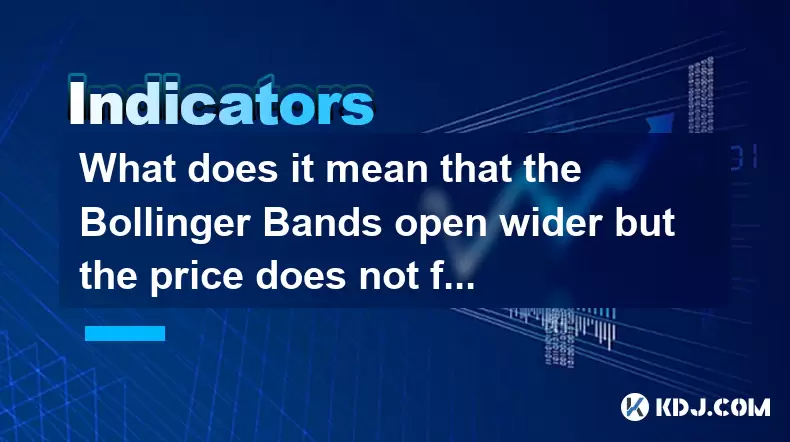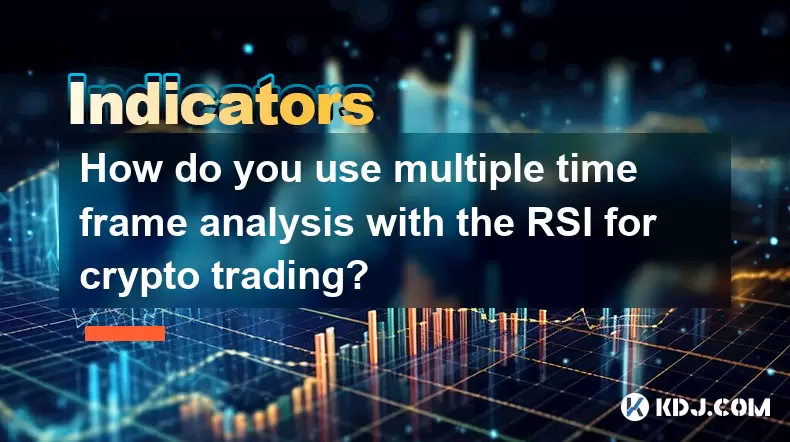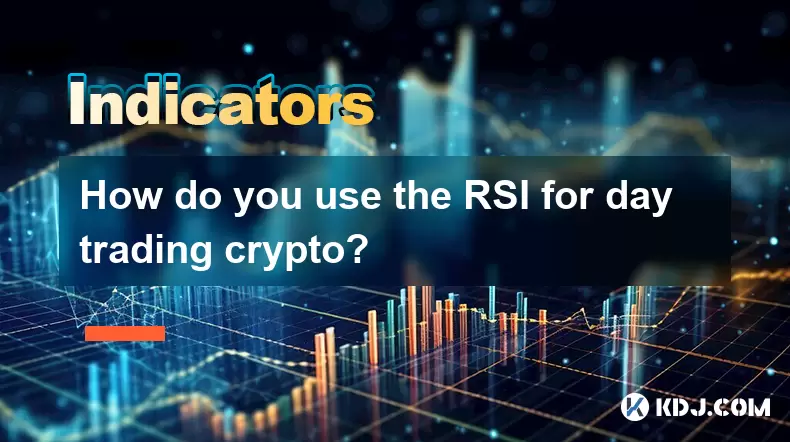-
 Bitcoin
Bitcoin $118400
0.47% -
 Ethereum
Ethereum $3836
2.20% -
 XRP
XRP $3.157
2.98% -
 Tether USDt
Tether USDt $0.9999
-0.03% -
 BNB
BNB $801.5
1.31% -
 Solana
Solana $180.9
2.07% -
 USDC
USDC $0.9999
-0.02% -
 Dogecoin
Dogecoin $0.2225
2.50% -
 TRON
TRON $0.3285
-1.02% -
 Cardano
Cardano $0.7789
2.60% -
 Hyperliquid
Hyperliquid $43.60
2.39% -
 Sui
Sui $3.892
4.41% -
 Stellar
Stellar $0.4229
3.34% -
 Chainlink
Chainlink $18.01
3.98% -
 Hedera
Hedera $0.2745
6.77% -
 Bitcoin Cash
Bitcoin Cash $582.3
3.38% -
 Avalanche
Avalanche $23.77
1.04% -
 Ethena USDe
Ethena USDe $1.001
0.01% -
 Toncoin
Toncoin $3.493
3.59% -
 Litecoin
Litecoin $110.0
2.48% -
 UNUS SED LEO
UNUS SED LEO $8.936
-0.37% -
 Shiba Inu
Shiba Inu $0.00001304
2.49% -
 Uniswap
Uniswap $9.999
1.09% -
 Polkadot
Polkadot $3.897
3.26% -
 Monero
Monero $308.6
-0.83% -
 Dai
Dai $0.9999
-0.01% -
 Bitget Token
Bitget Token $4.504
-0.04% -
 Pepe
Pepe $0.00001154
2.95% -
 Cronos
Cronos $0.1471
3.06% -
 Ethena
Ethena $0.6691
19.53%
What does it mean that the Bollinger Bands open wider but the price does not follow the rise?
Bollinger Bands widen during crypto volatility but may not signal price moves, often reflecting market indecision or false breakouts.
Jun 21, 2025 at 08:28 am

Understanding Bollinger Bands and Their Behavior
Bollinger Bands are a popular technical analysis tool used in cryptocurrency trading. They consist of three lines: a simple moving average (SMA) in the middle, with two standard deviation bands above and below it. These bands expand and contract based on market volatility. When the bands widen, it typically indicates an increase in price volatility.
In the context of cryptocurrency markets, where prices can swing dramatically within short periods, Bollinger Bands provide insights into potential overbought or oversold conditions. Traders often use them to anticipate breakouts or reversals. However, there are instances when the bands open wider but the price does not follow a rising trend, which can confuse novice traders.
Why Do Bollinger Bands Widen Without Price Rising?
When Bollinger Bands widen without a corresponding upward movement in price, it usually signals uncertainty or indecision among market participants. This phenomenon is common during consolidation phases or before major news events that could impact crypto prices.
- Increased volatility without directional movement: The widening of the bands suggests higher volatility, but if the price remains range-bound, it means neither buyers nor sellers are gaining control.
- Market hesitation: In such situations, traders may be waiting for confirmation before entering positions, leading to sideways price action despite expanding bands.
- False breakout scenarios: Sometimes, a sudden spike in volatility creates the illusion of a breakout, but the momentum fades quickly, causing the price to return within the band range.
This behavior is especially relevant in altcoin markets, where low liquidity can cause erratic price swings that don’t necessarily reflect underlying trends.
How Does This Scenario Impact Trading Decisions?
Recognizing when Bollinger Bands widen but the price doesn’t rise is crucial for making informed trading decisions. Many traders mistakenly interpret widening bands as a signal to buy or sell, only to find themselves stuck in a ranging market.
- Avoiding premature entries: If the price isn't breaking out despite widening bands, it’s safer to wait for clearer signals before entering a trade.
- Using volume indicators: Combining Bollinger Bands with volume tools like OBV (On-Balance Volume) can help confirm whether the widening is backed by actual buying or selling pressure.
- Setting tighter stop-loss levels: Since the market is volatile but directionless, traders should adjust their risk parameters accordingly to avoid getting stopped out prematurely.
In highly leveraged crypto futures trading, misinterpreting this scenario can lead to significant losses, so understanding its implications becomes even more critical.
What Are the Underlying Market Dynamics?
The situation where Bollinger Bands expand without price following through often reflects deeper market dynamics at play. These include:
- Whale activity and order book imbalances: Large players might be placing orders that temporarily distort volatility metrics without triggering real price movement.
- Algorithmic trading influence: Automated systems can create rapid price fluctuations that don’t represent genuine market consensus, leading to misleading Bollinger Band readings.
- Timeframe discrepancies: On shorter timeframes like 5-minute or 15-minute charts, false volatility spikes are more common, which can cause the bands to widen unexpectedly.
These factors are particularly prevalent in less liquid cryptocurrencies, where market manipulation and micro-cap volatility can skew technical indicators.
How Can Traders Confirm Validity in Such Conditions?
To navigate scenarios where Bollinger Bands widen but the price doesn’t rise, traders need to rely on additional tools and strategies:
- Use multiple timeframes: Analyze the same asset across different chart intervals to verify whether the volatility is consistent or isolated.
- Combine with RSI or MACD: Overlaying Relative Strength Index (RSI) or Moving Average Convergence Divergence (MACD) can help determine if the market is truly preparing for a move or just consolidating.
- Watch for candlestick patterns: Reversal or continuation patterns like pin bars, engulfing candles, or dojis can offer clues about impending direction.
- Monitor exchange order books: Real-time depth charts can reveal whether the widening bands are due to real trading activity or artificial noise.
By cross-referencing these tools, traders can better assess whether the widening bands are signaling a legitimate opportunity or a trap.
Frequently Asked Questions
Q: Can Bollinger Bands alone predict a price breakout?
No, Bollinger Bands should not be used in isolation to predict breakouts. While they indicate volatility, they don’t provide directional bias. It's essential to combine them with other indicators like volume, RSI, or Fibonacci retracement levels for more reliable signals.
Q: Why does the price sometimes hug one band and then suddenly reverse?
This is often due to overextension in one direction, causing a temporary imbalance in supply and demand. When the price hugs the upper or lower band for too long, it can become overbought or oversold, leading to a mean reversion or reversal once the market corrects itself.
Q: How do I adjust Bollinger Bands settings for cryptocurrency trading?
The default setting is 20-period SMA with 2 standard deviations. However, cryptocurrencies are more volatile, so some traders use a 2.5 or 3 standard deviation setting to reduce false signals. Adjustments should be tested via backtesting on historical data.
Q: Is it safe to trade the “squeeze” pattern using Bollinger Bands in crypto?
The Bollinger Band Squeeze indicates low volatility and potential breakout. However, in crypto markets, squeezes can last longer than expected, and false breakouts are common. Using volume filters or confirming with candlestick patterns increases reliability.
Disclaimer:info@kdj.com
The information provided is not trading advice. kdj.com does not assume any responsibility for any investments made based on the information provided in this article. Cryptocurrencies are highly volatile and it is highly recommended that you invest with caution after thorough research!
If you believe that the content used on this website infringes your copyright, please contact us immediately (info@kdj.com) and we will delete it promptly.
- SEC, Crypto, and Securities: Navigating the New Frontier
- 2025-08-01 05:10:12
- Cardano (ADA) Market Cap: Can It Compete with Emerging Cryptocurrencies and Meme Coins?
- 2025-08-01 04:30:12
- SEC, Crypto, and On-Chain: Navigating the Regulatory Maze
- 2025-08-01 02:31:40
- Jito Labs, Solana, and Liquid Staking: Riding the Wave of Innovation
- 2025-08-01 03:50:12
- Perpetual DEX: Navigating Onchain Trading and Solving Core Problems, a NY Perspective
- 2025-08-01 03:57:53
- Bitcoin Bullish Market: How Long Positions are Boosting the Crypto King
- 2025-08-01 02:35:33
Related knowledge

How do you use multiple time frame analysis with the RSI for crypto trading?
Aug 01,2025 at 05:19am
Understanding the Role of RSI in Crypto TradingThe Relative Strength Index (RSI) is a momentum oscillator that measures the speed and change of price ...

How can you use the RSI to determine exit points in crypto trades?
Aug 01,2025 at 04:29am
Understanding the Role of RSI in Crypto TradingThe Relative Strength Index (RSI) is a momentum oscillator widely used in the cryptocurrency market to ...

How do you use the RSI for day trading crypto?
Aug 01,2025 at 05:26am
Understanding the RSI in Cryptocurrency TradingThe Relative Strength Index (RSI) is a momentum oscillator that measures the speed and change of price ...

What does it signify when the MACD crosses below the zero line?
Aug 01,2025 at 01:43am
Understanding the MACD IndicatorThe Moving Average Convergence Divergence (MACD) is one of the most widely used technical analysis tools in the crypto...

How does the MACD histogram show momentum?
Aug 01,2025 at 01:16am
Understanding the MACD Histogram and Its Role in Cryptocurrency TradingThe MACD histogram is a visual representation of the difference between the MAC...

What is a MACD crossover?
Jul 31,2025 at 11:52pm
Understanding the Role of Private Keys in Cryptocurrency SecurityIn the world of cryptocurrency, private keys are the cornerstone of ownership and con...

How do you use multiple time frame analysis with the RSI for crypto trading?
Aug 01,2025 at 05:19am
Understanding the Role of RSI in Crypto TradingThe Relative Strength Index (RSI) is a momentum oscillator that measures the speed and change of price ...

How can you use the RSI to determine exit points in crypto trades?
Aug 01,2025 at 04:29am
Understanding the Role of RSI in Crypto TradingThe Relative Strength Index (RSI) is a momentum oscillator widely used in the cryptocurrency market to ...

How do you use the RSI for day trading crypto?
Aug 01,2025 at 05:26am
Understanding the RSI in Cryptocurrency TradingThe Relative Strength Index (RSI) is a momentum oscillator that measures the speed and change of price ...

What does it signify when the MACD crosses below the zero line?
Aug 01,2025 at 01:43am
Understanding the MACD IndicatorThe Moving Average Convergence Divergence (MACD) is one of the most widely used technical analysis tools in the crypto...

How does the MACD histogram show momentum?
Aug 01,2025 at 01:16am
Understanding the MACD Histogram and Its Role in Cryptocurrency TradingThe MACD histogram is a visual representation of the difference between the MAC...

What is a MACD crossover?
Jul 31,2025 at 11:52pm
Understanding the Role of Private Keys in Cryptocurrency SecurityIn the world of cryptocurrency, private keys are the cornerstone of ownership and con...
See all articles

























































































